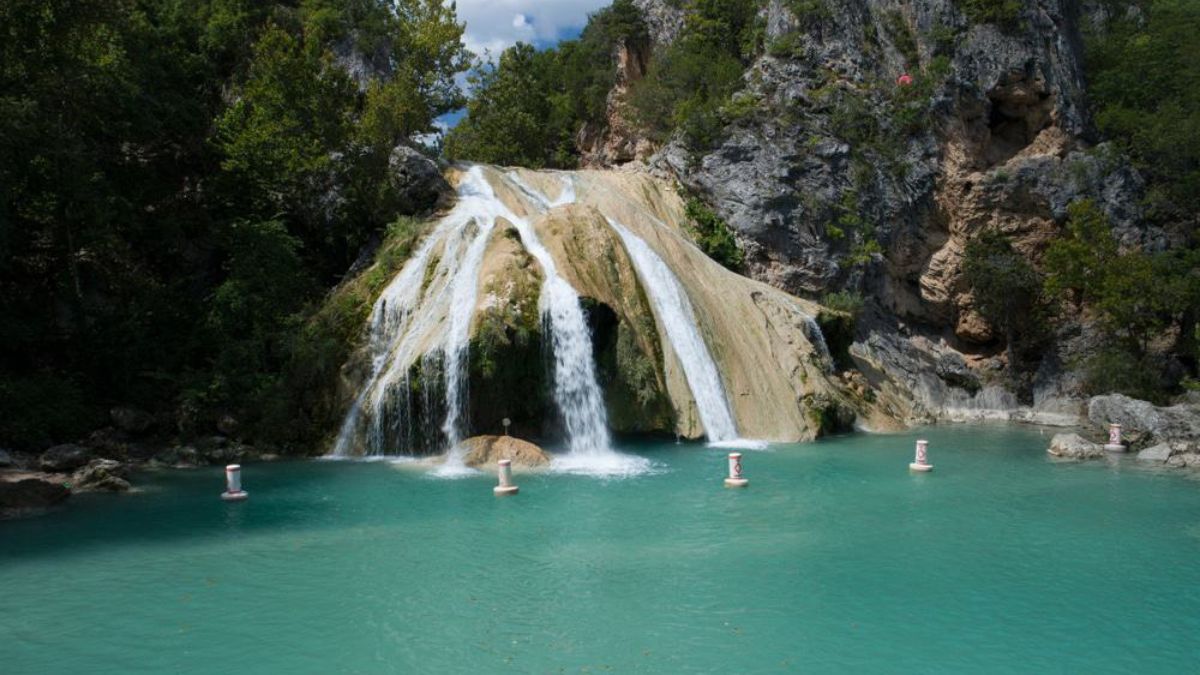Tulsa, Oklahoma, is a city that often flies under the radar, yet it boasts a rich tapestry of culture, history, and vibrant energy waiting to be discovered. As you delve into its diverse offerings, you'll uncover a city brimming with artistic flair, architectural wonders, and natural beauty. Whether you're a history enthusiast, art lover, or nature admirer, Tulsa has something for everyone.
Located in northeastern Oklahoma, Tulsa is often overshadowed by larger cities in the United States. However, this hidden gem offers a unique blend of urban sophistication and small-town charm. From its stunning art deco architecture to its burgeoning arts scene, the city provides a refreshing escape for travelers seeking an authentic American experience.
Tulsa's appeal lies in its ability to seamlessly blend tradition with innovation. The city's rich history as an oil boomtown has left a lasting legacy that continues to shape its identity today. With its thriving cultural scene, world-class museums, and vibrant neighborhoods, Tulsa is a destination worth exploring for anyone looking to uncover the heart of America's Midwest.
Read also:Lady Gaga The Pop Icon Who Redefined Music And Fashion
Table of Contents
- Introduction to Tulsa: A Brief Overview
- History of Tulsa: From Oil Boom to Cultural Hub
- Art Deco Architecture: Tulsa's Architectural Crown Jewel
- Cultural Attractions: Museums, Galleries, and Beyond
- Green Space: Parks and Natural Wonders
- Food Scene: A Culinary Journey Through Tulsa
- Neighborhoods: Exploring Tulsa's Unique Districts
- Events and Festivals: Celebrating Tulsa's Vibrant Spirit
- Travel Tips: Making the Most of Your Tulsa Experience
- Conclusion: Discover the Charm of Tulsa
Introduction to Tulsa: A Brief Overview
Tulsa is a city that perfectly encapsulates the spirit of the American Midwest. Nestled along the banks of the Arkansas River, it offers a harmonious blend of history, culture, and natural beauty. Known as the "Oil Capital of the World" during the early 20th century, Tulsa's economic boom left an indelible mark on its landscape, most notably in its iconic art deco architecture.
Today, Tulsa is a city in transition, embracing its past while forging a path toward the future. Its cultural scene is thriving, with world-class museums, galleries, and performing arts venues that attract visitors from all over the country. The city's commitment to sustainability and community development has also made it a leader in urban revitalization efforts.
History of Tulsa: From Oil Boom to Cultural Hub
The Oil Boom Era
Tulsa's rise to prominence began in the early 1900s with the discovery of oil in the region. The city quickly became a hub for the oil industry, earning the nickname "Oil Capital of the World." This period of prosperity laid the foundation for much of the city's architecture and infrastructure, including its famous art deco buildings.
Cultural Renaissance
As the oil boom waned, Tulsa reinvented itself as a cultural hub. The city's commitment to the arts has resulted in the establishment of institutions like the Philbrook Museum of Art and the Tulsa Performing Arts Center. These venues have played a pivotal role in shaping Tulsa's identity as a city that values creativity and innovation.
Art Deco Architecture: Tulsa's Architectural Crown Jewel
Tulsa is renowned for its stunning collection of art deco buildings, which serve as a testament to the city's rich architectural heritage. These structures, with their intricate designs and bold geometric patterns, are a must-see for anyone visiting the city. Some of the most notable examples include the Philtower Building, the Tulsa City County Library, and the Boston Avenue Methodist Church.
- Philtower Building: A skyscraper that epitomizes art deco style.
- Tulsa City County Library: A modern interpretation of art deco design.
- Boston Avenue Methodist Church: A National Historic Landmark known for its striking architecture.
Cultural Attractions: Museums, Galleries, and Beyond
Philbrook Museum of Art
The Philbrook Museum of Art is one of Tulsa's crown jewels, offering visitors a glimpse into the world of fine art and culture. Housed in a stunning Italianate villa, the museum boasts an extensive collection of works from around the globe, including European masterpieces, American art, and Native American artifacts.
Read also:The Ultimate Guide To Layering Long Straight Hair Enhance Volume And Movement
Gibbs Museum of Western Art
For those interested in the American West, the Gibbs Museum of Western Art is a must-visit. This museum showcases the art and history of the American frontier, with exhibits featuring works by renowned western artists.
Green Space: Parks and Natural Wonders
Tulsa is home to a variety of parks and green spaces that offer a respite from the urban hustle and bustle. From the sprawling Gathering Place to the serene Tulsa Botanic Garden, there's no shortage of outdoor activities to enjoy in the city.
- Gathering Place: A 100-acre park along the Arkansas River featuring playgrounds, gardens, and walking trails.
- Tulsa Botanic Garden: A tranquil oasis with beautiful gardens and educational programs.
Food Scene: A Culinary Journey Through Tulsa
Tulsa's food scene is as diverse as its population, offering a wide range of cuisines to suit every palate. From classic Southern comfort food to international flavors, the city's restaurants provide a culinary journey that reflects its cultural diversity.
Must-Try Tulsa Dishes
- BBQ: Tulsa is known for its delicious barbecue, with local favorites like Smoke Daddy and Ribs & Republik.
- Soul Food: Experience authentic Southern soul food at establishments like Lois's Soul Food.
Neighborhoods: Exploring Tulsa's Unique Districts
Tulsa is composed of several distinct neighborhoods, each with its own unique character and charm. Whether you're exploring the historic Greenwood District or the vibrant Blue Dome Arts District, there's always something new to discover in the city.
Greenwood District
Once known as "Black Wall Street," the Greenwood District is a symbol of resilience and prosperity. Today, it serves as a reminder of the area's rich history and its contributions to the civil rights movement.
Blue Dome Arts District
The Blue Dome Arts District is a hub for creativity and innovation, home to numerous galleries, studios, and performance venues. This vibrant neighborhood is a must-visit for anyone interested in the arts.
Events and Festivals: Celebrating Tulsa's Vibrant Spirit
Tulsa hosts a variety of events and festivals throughout the year, celebrating its diverse culture and traditions. From the Tulsa State Fair to the Woody Guthrie Folk Festival, there's always something happening in the city to entertain and enlighten visitors.
Travel Tips: Making the Most of Your Tulsa Experience
To fully enjoy your visit to Tulsa, consider the following tips:
- Plan your itinerary in advance to ensure you don't miss any must-see attractions.
- Take advantage of public transportation options like the Tulsa Transit system.
- Engage with locals to gain insights into hidden gems and off-the-beaten-path experiences.
Conclusion: Discover the Charm of Tulsa
Tulsa, Oklahoma, is a city that defies expectations, offering visitors a unique blend of history, culture, and natural beauty. From its stunning art deco architecture to its thriving arts scene, the city has something for everyone. By exploring its diverse neighborhoods, cultural attractions, and green spaces, you'll uncover the charm that makes Tulsa a hidden gem in the heart of America.
We encourage you to share your experiences in the comments below and explore more of our content for additional travel inspiration. Whether you're planning a weekend getaway or a longer stay, Tulsa promises an unforgettable journey into the heart of the American Midwest.


